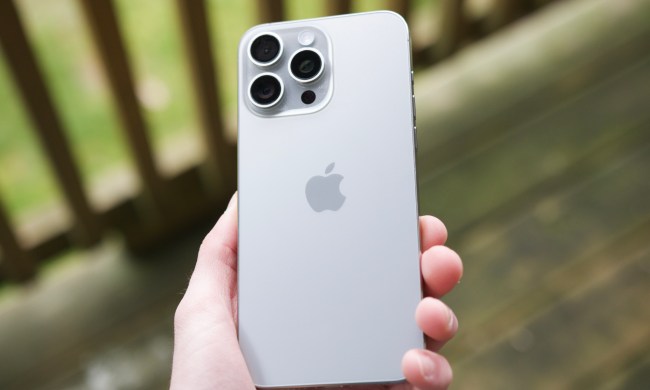Scribble is one of the coolest new features on offer in iPadOS 14, at least for those who have, or are interested in, an Apple Pencil. The feature essentially turns your handwriting into typed, manipulatable text that can be copied, edited, and so on — as though you used a keyboard. That’s perfect for those who prefer to write rather than type when taking notes, but still want the flexibility that comes with a digital version of that text.
Of course, the tech relies on Apple-developed handwriting recognition — and as a result, it has to be able to recognize handwriting in the first place. That could pose challenges for those who have bad, or terrible, handwriting. But just how good does your handwriting have to be to use Scribble?
Some adjustments necessary
I would rate my handwriting as “average.” It’s not as good as it was when I was in high school, regularly writing instead of typing. But it’s not chicken scratch. The average person can read it just fine.

The majority of the time, Scribble is good at recognizing what I write, but not all the time. Occasionally, the tech would get a word with one letter off, and even less often, it would get it completely wrong. It worked well enough to not be a huge issue when it did get it wrong. Thankfully, it becomes pretty clear where the line is once you start writing — and it’s relatively easy to adjust to the tech’s limitations. Sure, it might require taking the time to slightly improve your writing, but unless your writing is absolutely terrible, that shouldn’t be a real issue. If your writing is above average, you won’t run into many issues at all.
I also tried a few other things to see if Scribble worked any better. It doesn’t seem as though it works much better simply by writing larger, I determined. You’ll just have to stick to writing a little … better.
To put it succinctly: You don’t have to have amazing handwriting to make use of Scribble. But the better your writing is, the more likely it is that the device will recognize what you wrote with perfect accuracy. If your writing is average, you should be able to get by with only a few minor adjustments to how you write, if anything at all. If your writing is poor though, be prepared to have to deal with errors … and consider buying a keyboard for your iPad.
Edits made easy
If your writing is about on the line, like mine, you may find that your iPad occasionally mis-detects words — but thankfully Scribble is pretty well set up for that. If a word isn’t properly detected, you can simply scribble over it to delete it, or cross it out once to highlight it, then write the word again to replace it with the new writing. It’s a handy way to edit your document as you write, and it means you’re not stuck having to pull up the iPad’s keyboard all the time.
It’s really a smart system, and makes writing a little more natural. It’s common to make mistakes when writing on paper, and it’s common to cross out those words when you do make a mistake. The only difference between that and crossing out a mistake on the iPad is that you may need to more your hand a little to cross over the actual text, and not the handwriting, after it has disappeared.



